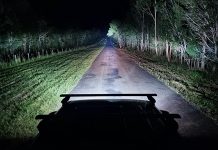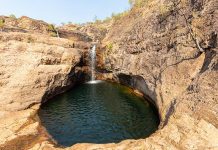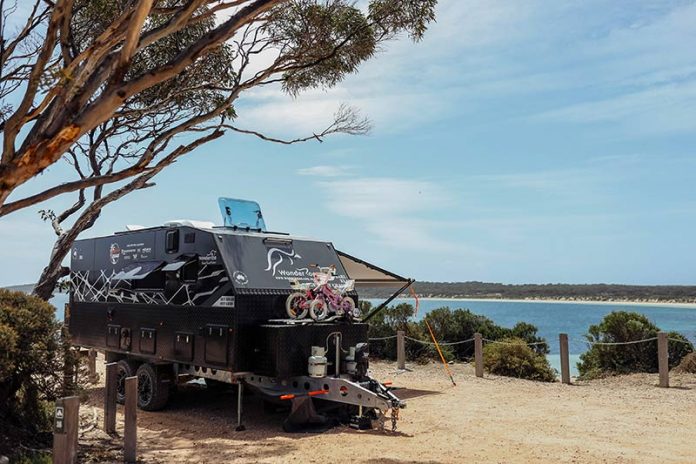
The cost of living is rising right across the country and somewhere to park your RV is no exception as parks and councils alike respond to a boom in post-covid RV travel. It seems most caravanners have encountered at least one high ‘powered site’ fee – paying $78 per night* in off-peak times or $58 per night* with a three-night minimum stay is not unusual, and these prices are not the highest out there, with many sites now exceeding $100 per night!
While caravan park-hopping was once both easy and affordable, rising prices mean the temptation to take the road most traveled may no longer be the most economical way to travel.
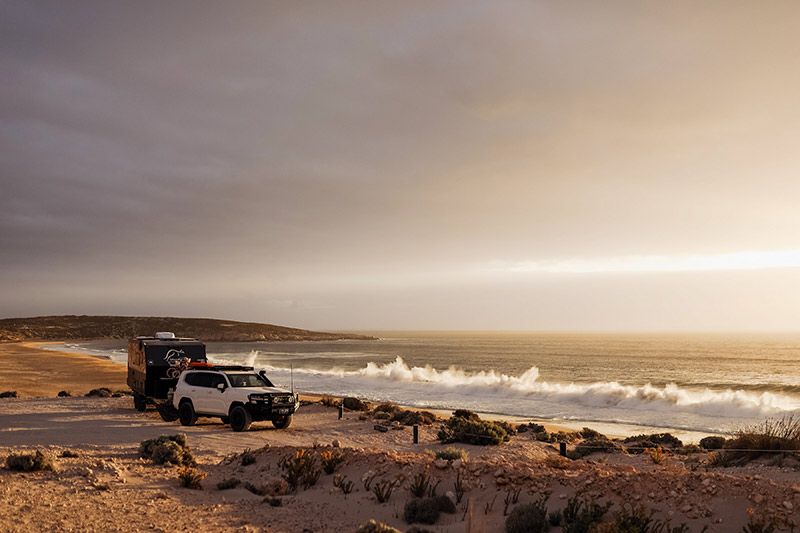
So, how can you afford a site when you travel? There are plenty of options aside from the traditional caravan park. On a recent trip through the Eyre Peninsula, SA, we explored various options.
1. FREE CAMPS WHEN YOU TRAVEL
Not ‘low cost’ or national parks – although those are great too – I’m talking actual free camps with unbelievable views. Once you start looking, they’re quite common! Point Brown is one of our latest finds. About half an hour’s drive from Smoky Bay and set among the rock pools, blowholes, beaches and clifftops, Point Brown offers 10 potential ‘areas’ to park up, each with incredible water views and on varying sides of the Point to help yo avoid the wind, whichever direction it’s blowing.
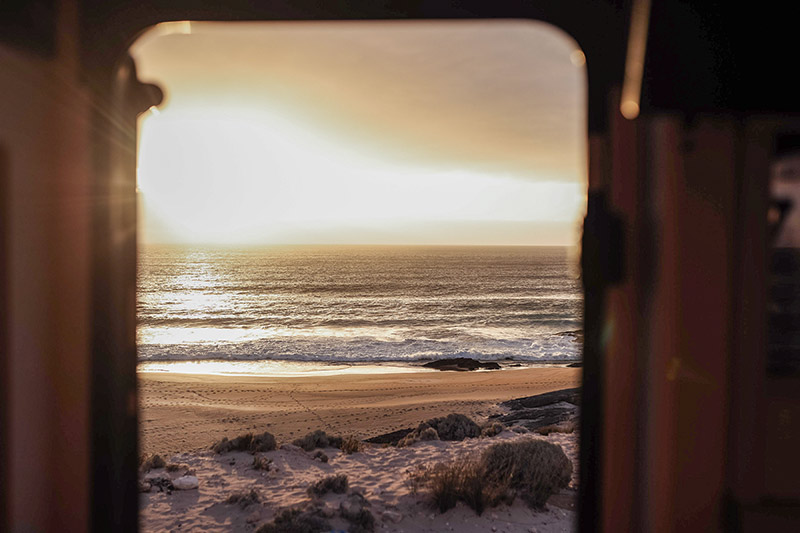
It’s worth noting that the road in is a little corrugated and you’ll need to be completely self-contained as there are no facilities. So, if that’s not for you or your rig, try …
2. SHOWGROUNDS, SPORTING FACILITIES OR PUBS
If you’ve got one of the travel camping apps, you’re likely all over this one, but let this be a timely reminder to always check the local showgrounds or the pub in a town you’re travelling to. In Cummins, a historic town on the Lower Eyre Peninsula, the price to park at the showgrounds is $20 per night* powered (or $15 per night unpowered*) with hot showers, toilets and a tap to fill up tanks. We were one of three rigs parked there during our stay – that’s not many in an entire paddock! And, on the same block, the caravan park was more than twice that price!
The catch is there’s generally no view. So, if you want something a little more scenic…
3. NATIONAL PARKS OR COUNCIL PARK FACILITIES
Most states have great parks with facilities, and some do it better than others. On the Eyre Peninsula, there were loads to choose from, such as Point Gibbon (managed by the Franklin Harbour District Council) at $10 per night* with flushing toilets and bins, and the Lincoln National Park (managed by National Parks SA), which boasts some incredible camps, including Fisherman Point, which has long drop toilets.
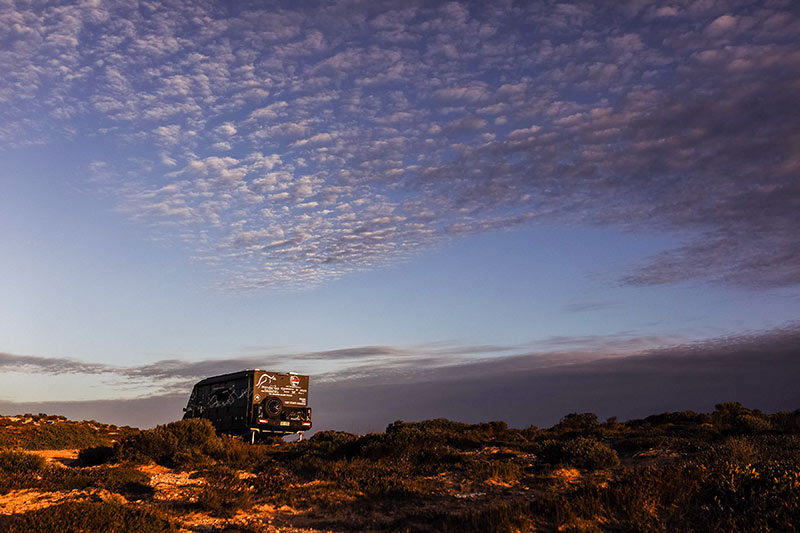
But if you travel in busy periods or peak seasons, you’re going to need to be organised and book in early. If you’re more of a ‘wing it’ traveller, you’ll have better luck with…
4. HIPCAMP
Hipcamp is the Airbnb of camping and it’s growing rapidly by the year. Haven’t come across it yet? Essentially, local land owners around Australia are listing their properties for camping via an independent phone app. It’s very user-friendly. All you need to do is download the app, search your desired location, read the reviews and book.
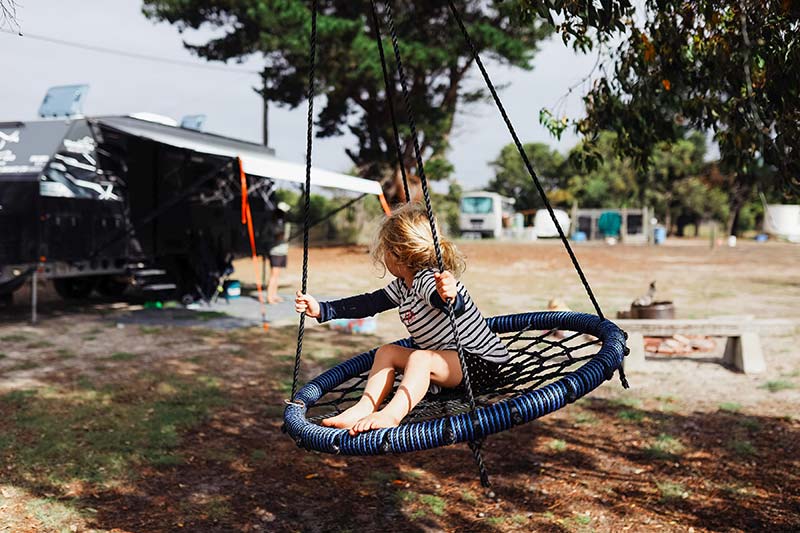
As we ventured over the Nullarbor and into Western Australia, we were one of two campers on a large paddock at Condingup (near the impressive Wharton Beach) and paid just $40 per night* in comparison to the caravan park slightly closer to the beach, which charged almost $80 per night*.
The catch is these are more hit and miss in terms of power, water and ablution facilities, but they’re almost always unpopulated and have a ‘wow’ factor to them, such as a beautiful water view, farm animals for kids or a location on the road less travelled. Speaking of farms…
5. STATION STAYS
Last and certainly not least is station stays. More common in the likes of Western Australia and South Australia, station stays offer diverse, authentic experiences that are off the beaten track. Big players like Bullara Station in Western Australia are only charging $50 per night* for a powered site or $36 per night unpowered*.
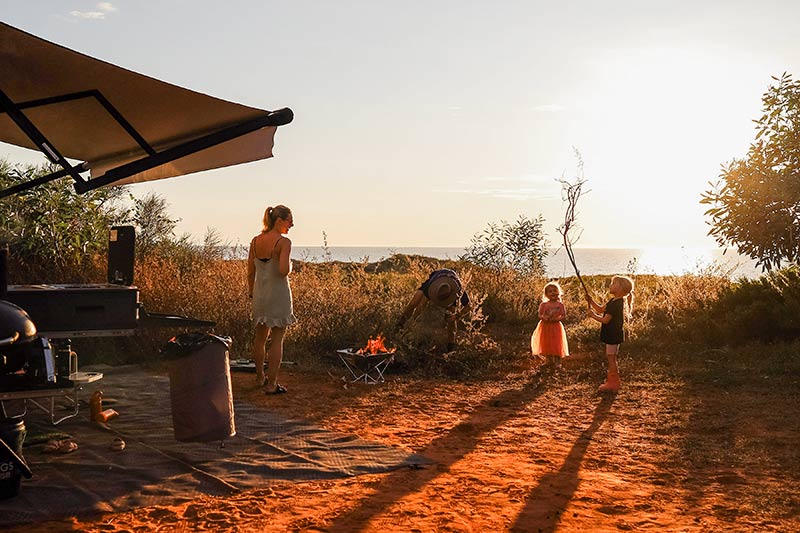
While you may not always get a ‘view’ as such, you will enjoy a unique experience that mainstream travellers could only dream of. And you can still day-trip to that epic beach a few kilometres down the road!
In addition to all of these fantastic options, Facebook is a treasure trove of information on alternative accommodation. We’d recommend joining the groups ‘Showgrounds Sports and Rec Grounds Camping’, ‘Free Camping Around Australia’ and ‘Country Pub Camping’ to get started, but there are many more to keep an eye out for, including state-focused groups.
If you’re still not sold – and keen to stick to the parks – then look for deals like ‘stay four, pay three’ and other off-peak bargains. It’s also a good idea to pay a small fee to be a member of some of the big park franchises for regular discounts on every booking.
Australia is a big place and there’s plenty of room for us all and our camping preferences! And you never know: you may just find your new favourite spot off the beaten track!
*Prices valid as of March 22, 2024.
– By Carissa and Justin Morgan f Laidback Adventures. Justin and Carissa are travelling Australia with their daughters in a 300 Series Land Cruiser towing a new Wonder Roo Pearl XX4 Off Grid, Off Road Air, a beast of a caravan.


